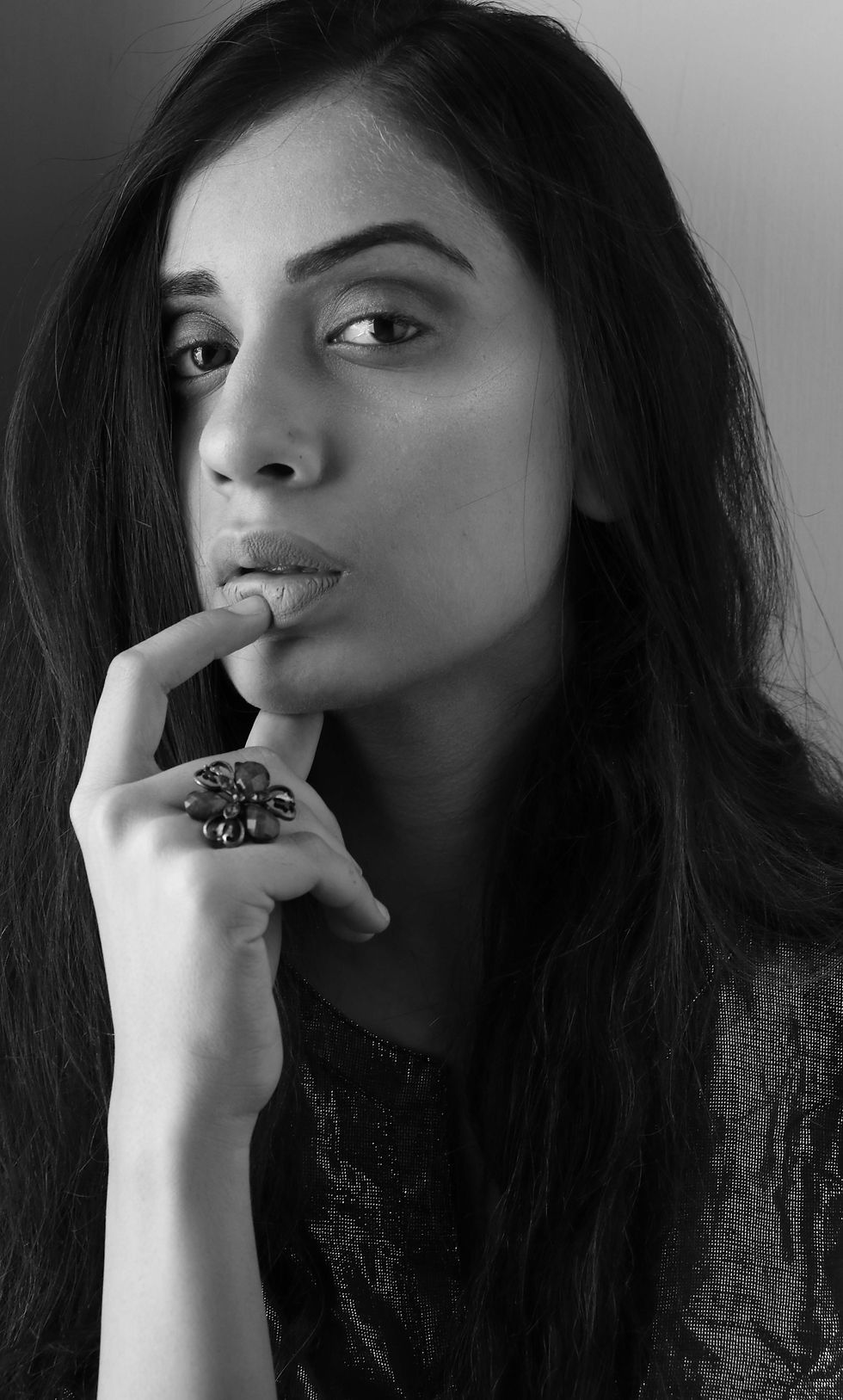
UNGENDERED
Gender is so hot right now — well, the dismantling of “traditional” gender norms across the fashion world to be exact. Our editorials reflect this ideology.
Genderless and gender fluid fashion is certainly nothing new, but with each spring or fall collection images or statements that we come across, we notice more and more of a push for the normalization of the “unisex” or “androgynous” (read: wealthy, white, skinny, able-bodied) body in (extremely expensive) gender fluid, genderless or unisex clothing on a runway, in a way that also completely negates and erases the lived experiences of those who lie outside of the binary.
And although we want to applaud the undoing of gender in every which way, these images leave us, along with plenty of other folks who identify as gender non-conforming, non-binary trans, genderqueer, androgynous and everyone in between, asking a lot of questions — What audiences are these designers trying to reach out to, and at whose expense — i.e., who is this sense of normalization and ‘visibility’ really for? Where do gender nonconforming, trans and non-binary folks fit in this illusion of a progressive, post-gender fashion world when many, especially those of us who are also people of colour, regularly experience violence and harassment? Rather than push for the normalization and visibility of non-binary bodies in a way that is coopted by the fashion world, there needs to be a recognition and celebration of identities and presentations that fall both outside of the binary and across spectrum, for and by folks that lie outside of the binary and across spectrum, in a way that doesn’t tokenize and make a spectacle out of us.
We conceptualized our editorials on the same and styled our models in clothing from the opposite sex’s closet. The whole idea was to liberate one other, go back to your roots and know who you are. Your clothes can define who you are, if you choose to do things that way but they can’t tell you who you are supposed to look like. The world, the society , everyone will learn to respect that fact if you believe in yourself.
Much of the conversation around “genderless” fashion is situated in the future, where old prejudices have no place, and norms, such as modes of dress that adhere to the gender binary, are rendered obsolete.
By : Jasleen Kaur

Image credits - Mr. Anil Bose

Image credits - Mr. Anil Bose

Image credits - Mr. Anil Bose

Image credits - Mr. Anil Bose

Image credits - Mr. Anil Bose

Image credits - Mr. Anil Bose

Image credits - Mr. Anil Bose

Image credits - Mr. Anil Bose








